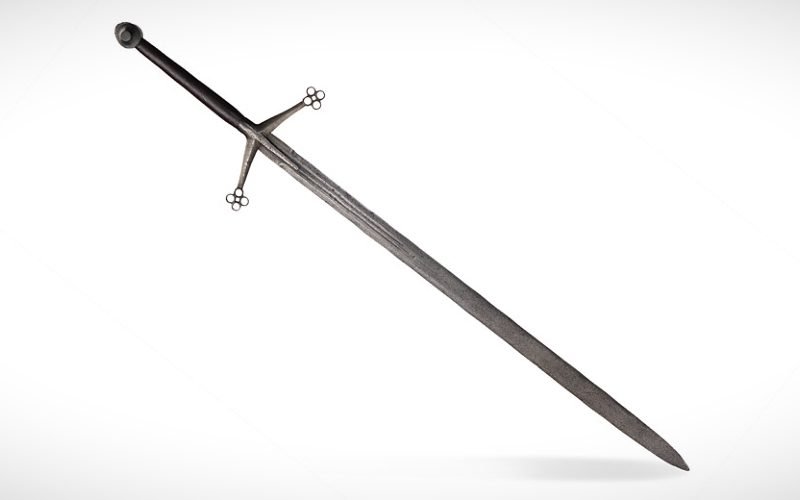
Introduction
The sword is an iconic weapon that conjures images of skilled warriors and daring battles. But the development of swords was a long process that built upon earlier blade technologies. Tracing the origins of swords reveals a fascinating history intertwined with human innovation. This article will explore the progression of blades leading up to the rise of the swordsman on the battlefield.
From Stone to Bronze: Early Edged Weapons
The first edged weapons used by humans were simple stone tools, dating back over 3 million years. Primitive hand axes, knives, and spearheads made from flint, obsidian, or chert offered our ancestors an advantage for hunting, protection, and warfare. These crude stone blades remained the norm for millennia, until the dawn of metalworking.
The Bronze Age brought about more durable and deadly bladed weapons forged from copper and its alloy bronze. Long daggers, axes, and leaf-shaped swords emerged across ancient cultures like Sumer, Egypt, and China as early as 3000 BCE. The robustness of bronze allowed for longer blades not possible with stone materials. Bronze was still limited in strength, preventing large swords from developing. Blades like the khopesh and sickle sword indicate an evolution toward the single-edged, curved swords that would later dominate.
The Rise of Iron and Early Sword Development
The onset of the Iron Age around 1200 BCE ushered in a stronger metal that transformed weaponry. Ironworking cultures like the Hittites perfected iron forging methods and produced early sword prototypes. These were short stabbing swords like the akinakes cavalry saber. Assyrian iron swords with their curved shape hint at cavalry origins. The double-edged iron sword became widespread in the ancient world by 500 BCE. Iconic weapons like the Greek xiphos, Roman gladius, Chinese jian all made battlefield debuts.
Cavalry Cultures Give Birth to the Saber
Mounted warriors necessitated a very specific sword design. Combat on horseback required light, curved blades for slashing attacks without cutting one’s mount. Regional cavalry forces turned to single-edged sabers perfect for charging and horse archery tactics. This included sabers like the Persian shamshir, Indian talwar, Japanese katana, and medieval scimitars popularized by Islamic empires. The mobility and speed of cavalry favored curved slashing swords that could deliver devastating blows.
The Longswords of European Knights
While Asia forged curved sabers, European swordsmithing developed the straight double-edged longsword. Evolving out of Viking blades, the longsword took on new importance with armored knights beginning in 900 CE. Its long, sturdy but versatile design excelled as both a one-handed and two-handed weapon. Blades grew up to 1.5 meters long while maintaining optimal balance and sharp points capable of exploiting gaps in armor. Its lengthy reach and lethal thrusting ability made it the sword of choice across Europe. Famed longswords like the English broadsword, French épée, and German zweihänder were products of expert craftsmanship.
The Arrival of the True Swordsman
The swordsman emerged from these intersecting blade cultures by the 1100s CE. Derived from the European longsword traditions, the swordsman perfected its use in combat via various schools. Guilds and training manuals helped swordsmanship flourish into a respected skill and art form. Tactics like half-swording combined precise weapon handling with close-quarters grappling. Styles branched into specialized forms like German fechtbuch techniques, Italian fencing, and nimble epee fencing blades optimized for thrusting. By the 1500s, adept swordsmanship with these refined blades marked the apex of the knightly warrior ethos across Western civilization.
Conclusion
From the humble stone knife to the elegant rapier, sword technology evolved remarkably in step with human civilization. Edged weapons can chart the ascent of metalworking mastery, the rise of cavalry, the age of armored knights, and the cultivation of martial skill. The swordsman thus stands as the culminating achievement of blade science refined for artful combat application over thousands of years of technological progress and ingenuity. With versatile forged steel and rigorous training methods, the swordsman perfected the sword that had defined battle for eons.






